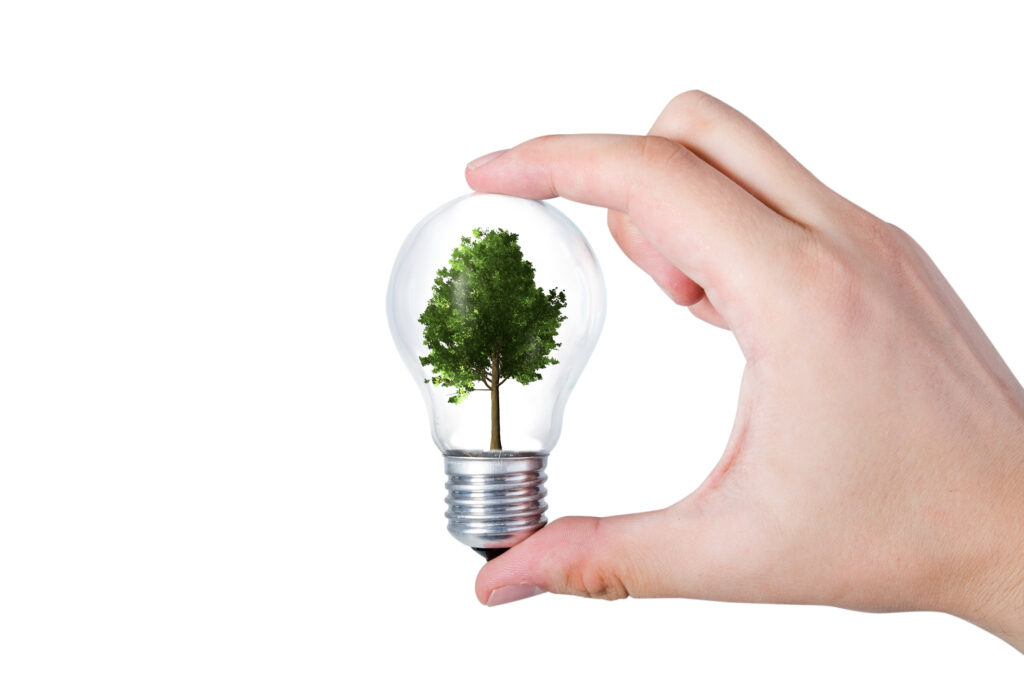Energy efficiency in homes is a critical aspect of not only reducing utility bills but also contributing to a more sustainable environment. Many homeowners, particularly those keen on real estate, investing, and home maintenance, may overlook some common areas where their homes are not as energy-efficient as they could be.
Lack of Insulation
A key factor contributing to reduced energy efficiency in homes is inadequate insulation. Insulation acts as a barrier to heat flow and is essential for keeping your home warm in the winter and cool in the summer. Without proper insulation, homes can experience significant heat loss, leading to higher energy bills and an overreliance on heating and cooling systems. This inefficiency is most pronounced in older homes, where insulation may have settled or degraded over time, creating gaps and allowing for heat transfer. Upgrading or replacing old insulation is not just a remedy for improving energy efficiency but also enhances indoor comfort. Insulation materials come in a variety of types, including fiberglass, cellulose, and foam. Each type has its unique properties and benefits. Fiberglass is the most commonly used insulation material due to its affordability and ease of installation. It’s made from glass fibers that trap air pockets, providing excellent thermal resistance.
Drafty Windows and Doors
Another common area where homes lose energy efficiency is through windows and doors. Drafty windows and doors allow warm air to escape during winter and cool air during summer, forcing heating and cooling systems to work harder. This overexertion not only increases energy consumption but also leads to wear and tear on these systems. Plastic shrink film around your windows can help keep warm air inside. Sealing gaps and cracks around windows and doors with weather stripping or caulk is a cost-effective way to improve your home’s energy efficiency. Investing in energy-efficient windows and doors can provide long-term savings on your energy bills. Windows and doors also play a significant role in ventilation. Proper ventilation is crucial for maintaining good indoor air quality and reducing the risk of mold growth or other indoor pollutants. Older homes may have single-pane windows that are not as effective at keeping out outside noise.
Old HVAC Systems
The efficiency of Heating, Ventilation, and Air Conditioning (HVAC) systems plays a pivotal role in determining a home’s energy efficiency. Older HVAC systems, typically those over 15 years old, are less efficient compared to modern systems. They consume more energy to maintain desired temperatures, reflecting higher utility bills. The inefficiency of these systems is often due to outdated technology, wear and tear, and poor maintenance. Replacing an old HVAC system with a new, energy-efficient model can significantly reduce energy consumption. Regular maintenance, such as cleaning and replacing filters, can also enhance the efficiency of existing systems. Older HVAC systems use outdated technology that requires more energy to operate. This not only results in higher utility bills but also contributes to the overall carbon footprint of a home or building. Upgrading to a newer system can lead to significant energy savings and reduce environmental impact.
Energy efficiency in homes is an area that warrants attention, especially for those invested in real estate and home maintenance. Addressing issues like inadequate insulation, drafty windows and doors, and outdated HVAC systems can lead to significant improvements in energy efficiency. These enhancements not only reduce energy costs but also contribute to a more sustainable living environment.
Did You Enjoy Reading This Article? Here’s More to Read: Why an Inspection is Important When You Inherit a Home
